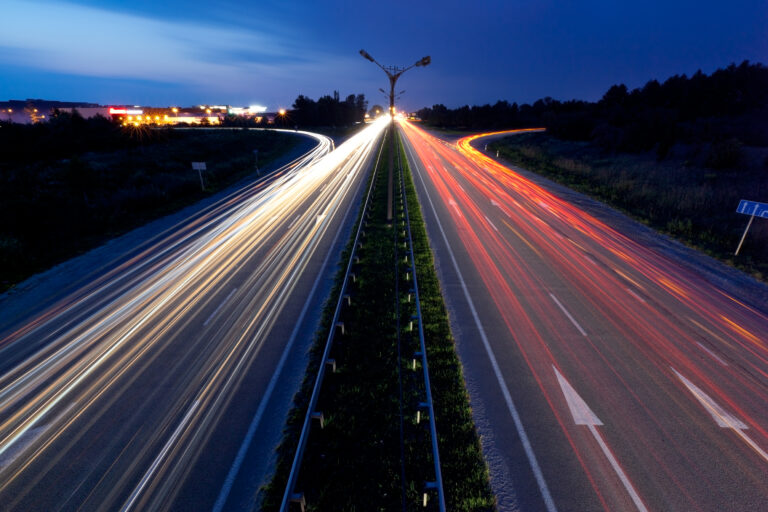DRIVE SAFELY
PUT THE PHONE DOWN
SCAN YOUR SURROUNDINGS
• Ahead of you
• Next to you
• Blind spots
• Behind you
Give yourself time to react, avoid last minute moves and hazards, always keep your eyes moving and scan the road at least 10 seconds ahead of your vehicle.
Be aware of what is on each side of you. To maintain enough space to maneuver safely and react to other drivers:
• Do not stay in another driver’s blind spot.
• Avoid driving directly alongside other vehicles.
• Make space for vehicles entering freeways, even if you have the right of-way. Be ready for rapid changes and watch for signals from other drivers.
• Keep space between your vehicle and parked vehicles.
• Look both ways, even at intersections where traffic has a red light or stop sign.
High winds can be a hazard while driving. This is especially true for larger vehicles such as trucks, campers, and vehicles with trailers. When driving in high winds:
• Reduce your speed. This gives you better control over your vehicle. You will have more time to react if your vehicle gets hit by a strong gust of wind.
• Maintain a firm hand position on the steering wheel. Strong wind gusts are unpredictable. If you are not holding the wheel properly and a gust hits, you can lose control of the vehicle.
• Be alert. Look ahead and watch for any debris on the road. Give yourself enough time to react to road hazards.
• Do not use cruise control. Maintain maximum control of the accelerator if a gust occurs.
• Be proactive. It may be safer to pull over and wait for the storm to pass.
Choose Between Hazards
• Sometimes dangers will be on both sides of the road at the same time. For example, parked cars to the right and oncoming cars to the left.
• If one danger is greater than the other, give more space to the most dangerous situation.
• Suppose you are on a two-lane road with an oncoming vehicle to the left and a bicyclist ahead to your right. Instead of driving between the vehicle and the bicyclist, take one danger at a time. Slow down and let the oncoming vehicle pass. When the vehicle has passed, move to the left to allow plenty of space (at least three feet) to pass the bicyclist. If there is a steady flow of oncoming vehicles, use as much of the left lane as you safely can to pass the bicyclist.
Remember: Buzzed driving is DRUNK DRIVING!




